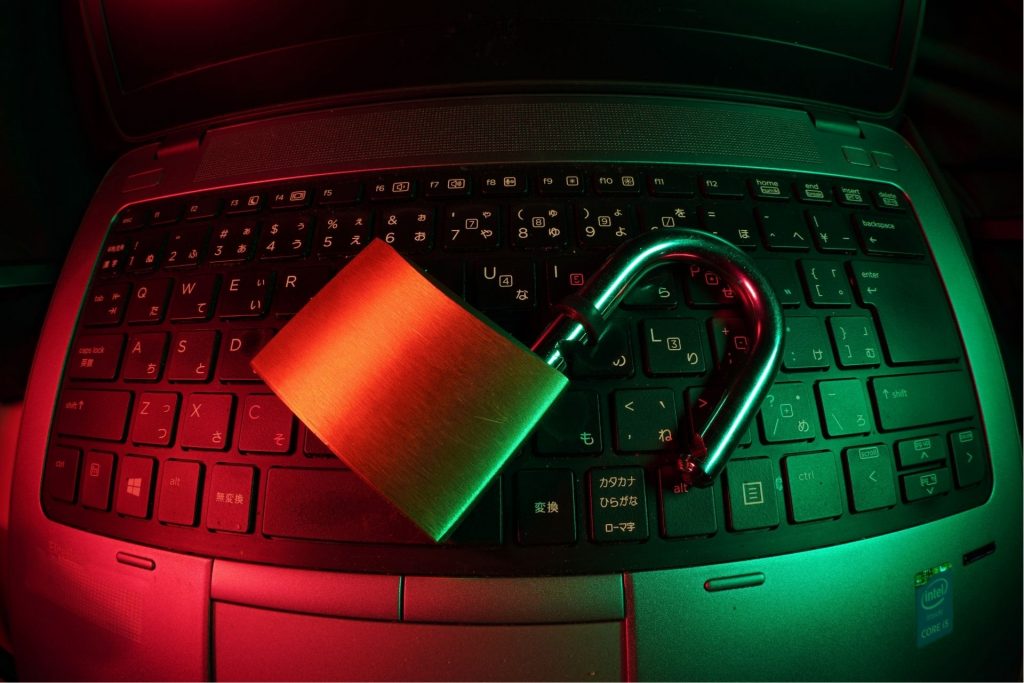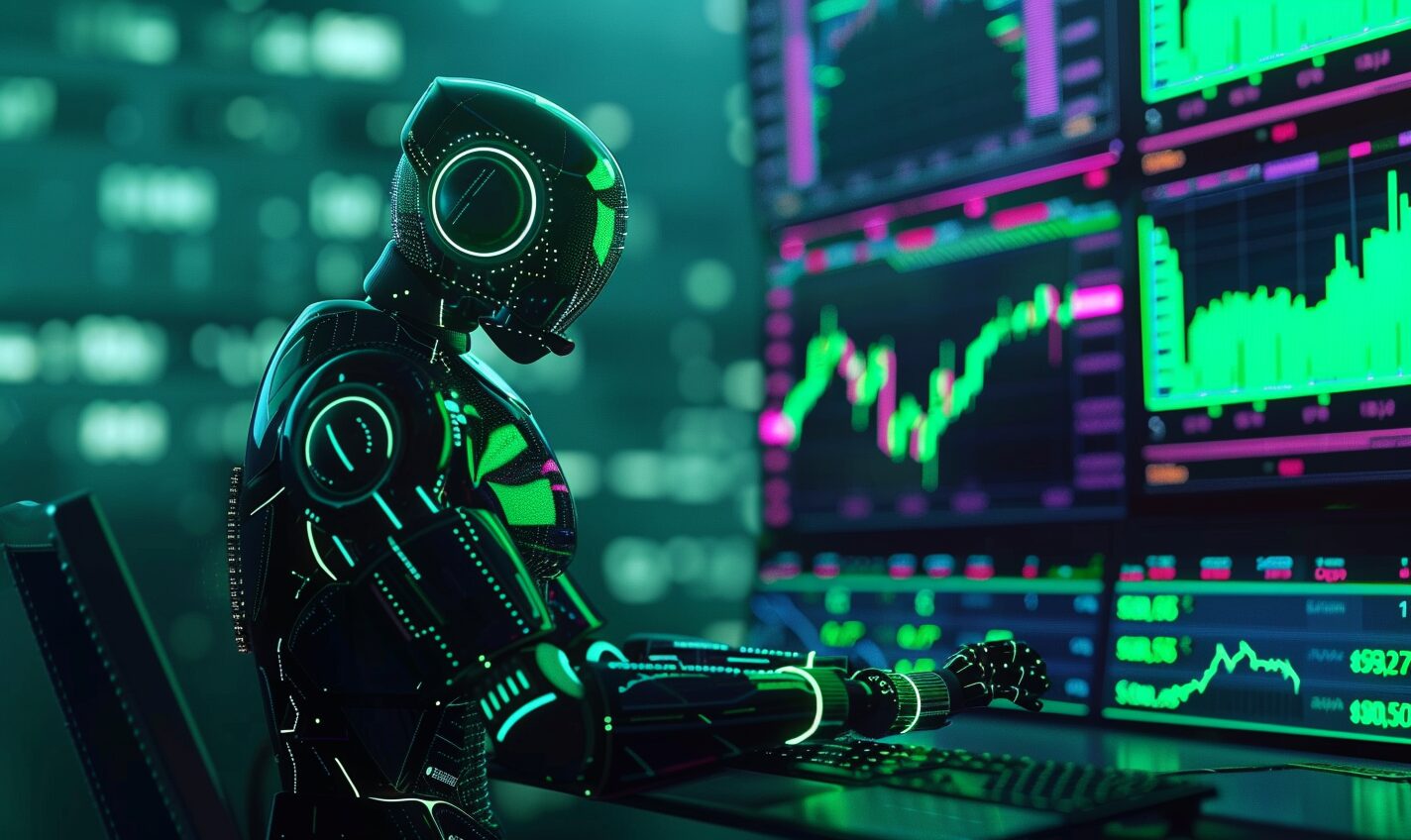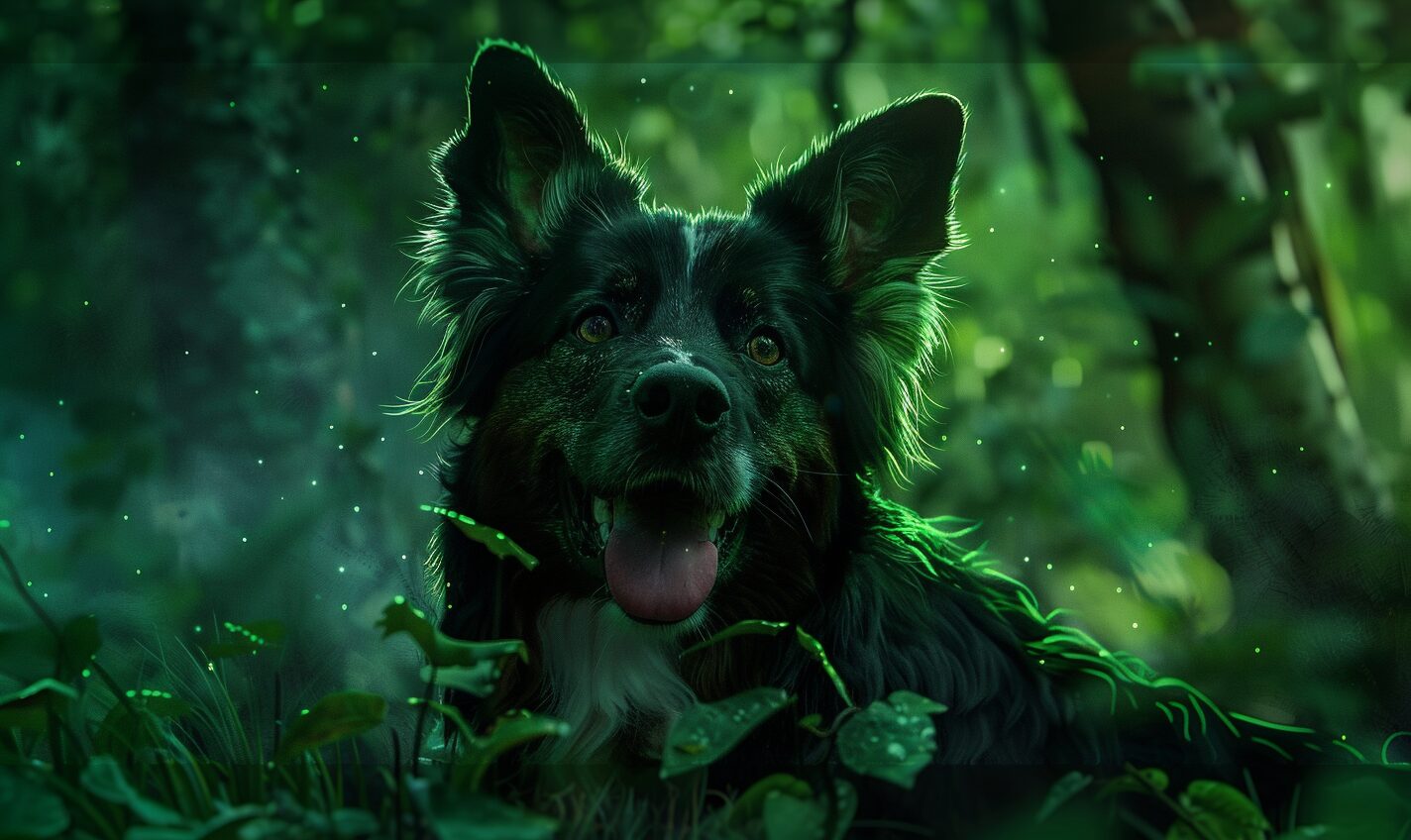The legal concerns of generative AI are causing lawyers to scratch their heads. Who owns what Dall-E creates? Can it enjoy copyrights? What about plagiarism and intellectual property? But the most critical question is, “Can I use Dall-E?”
Is it legal for personal and commercial use? These questions need answers because without them, people may have their art stolen, or businesses may be committing crimes they aren’t unaware of. It’s time to explore the demanding world of Dall-E and what it means regarding creative theft.
What Is Dall-E?
Can I use Dall-E? Yes, because it is an open-source generative art AI that leverages natural language processing (NLP) to make new content. It takes user-input text prompts and combs through its immense neural data network.
It looks for categorized images that fit the prompt by scanning through metadata lying beneath the art’s pixels. Then, it meshes its findings together. These art pieces could include the works of Picasso or an unknown indie artist, making the creations of Dall-E realistic and beautiful, with questionable ethics.
The data set in Dall-E is monstrous, carefully overseen by data scientists to minimize anomalies and ensure users get the most accurate results possible. It could generate the most unusual request with startling accuracy or another Van Gogh worthy of his museum exhibitions. The power of this AI is accessible to the masses, so let’s figure out the ramifications of using this software out of more than mere curiosity.
Do You Own AI-Generated Images?
Every generative AI has terms and conditions you probably didn’t read. However, it’s more vital than ever to take the time to do so because they explain who owns the images they create. If it is not specified within the terms of service, the text-generator — the human — would be the owner of the piece.
However, Dall-E took the time to specify where ownership lies in its terms of use. It turns out that Dall-E owns every image or “generation,” as it refers to, but Dall-E can’t have the same rights as people regarding creative protection. Some experts state it’s to help the company enforce their content policy until more crystal-clear legislation rolls out saying otherwise — but it’s difficult to tell.
So, Can You Use it for Commercial Use?
Yes. Everyone can use Dall-E now without getting on some kind of waitlist. Everything and anything Dall-E generates is up for grabs, but it’s probably for the best businesses that don’t rely on these creations for company-defining branding. A company could use a Dall-E-generated logo for their sewing business, and the next day, cybercriminals could use it for their outfit.
You can see how brand loyalty, cohesion and understanding could spiral out of control quickly, especially with the proliferation of social media news and commentary.
It could also promote shaky ground if companies use it for client-based work. Employees might fear losing their jobs in light of an AI that can create art more competently. Will clients want AI-generated art when paying another company for a service? Why wouldn’t they use Dall-E themselves to make whatever they want? Despite banning Dall-E in a business that seems like the obvious choice, fair use makes it tempting to exploit for productivity and efficiency.
Can You Legally Use Dall-E Images?
Laws vary worldwide. In the United States, the U.S. Copyright Office specifies only human-created work deserves the right to copyright. Meaning only artwork involving human intervention, traditional mediums of creative expression, and skill can ask for a work to be protected from anyone reproducing or selling the piece to the masses.
Humans typed the text into Dall-E to create the art, and that isn’t enough for U.S. copyright laws to earn copyright — meaning all art from Dall-E is up for grabs under public use. You can’t sue Dall-E, and others can’t sue you for copyright infringement concerning art you used or reprinted courtesy of Dall-E.
It’s the main reason people aren’t making a legal business model from selling AI-generated art — nobody owns anything, and it doesn’t make sense for a customer to purchase a piece of art they could have Dall-E make for free. However, this still doesn’t answer the question of plagiarism.
If art is used in a data set, is it not stealing other people’s work? Artists’ signatures are being generated in “novel” Dall-E and Midjourney designs. How could these artists receive compensation for their contributions, and how moral is this? The primary justification behind this trend is how humans work. All creators work from a data set — the human brain. It synthesizes information to create new content, regardless of how much Rembrandt or Shakespeare influences it — it’s still considered the artist’s work. With that logic, AI wouldn’t have to give credit to anyone.
It doesn’t mean it’s the correct or complete solution, though, as this thought process ignores nuance.
What’s the Future of Generative AI and Copyright?
Unfortunately, this is only known once governments regulate generative AI. Individual generative AIs can write as many terms and conditions as they want, but it won’t stand in the way of sweeping legislation from regulatory bodies.
These laws will supersede anything written by AI companies, determining once and for all if its generations deserve to have enough copyright worth suing over. Once this happens, lawsuits will abound in courtrooms, as Dall-E, Midjourney and other generative AI like ChatGPT will become the most argued buzzwords. But right now, people can use the art however they want, whether to sell for a side hustle or to enter art competitions.
Picking Apart Dall-E, Ethics and the Law
Dall-E has put creators and businesses in a unique position. Countless copyrighted images are floating in its database, yet nothing comes out deserving a copyright claim. Anyone, including corporations, could use it for any purpose, but they own nothing.
A public and corporate push for legislation is happening now, as generative AI takes the world in a confusing storm, unsure of what to do with this new content with no apparent owner. Eventually, the terms will be even more precise, and humans will tread these vast neural networks more carefully.
Recent Stories
Follow Us On
Get the latest tech stories and news in seconds!
Sign up for our newsletter below to receive updates about technology trends














